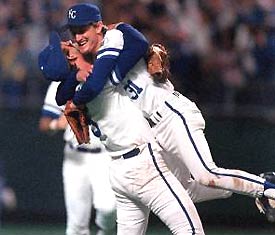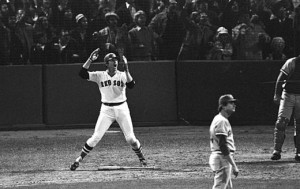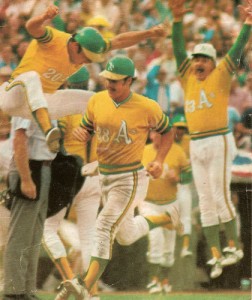Year of the Pitcher Ends with Giants’ Victory 2

Tim Lincecum capped the "Year of the Pitcher" with eight strong innings in the final game of the World Series.
In a perfect ending to the “Year of the Pitcher”, the San Francisco Giants received back-to-back great pitching performances to secure the first World Series title for the franchise since 1954.
It wasn’t quite the showing of the 1966 Baltimore Orioles, who held the Los Angeles Dodgers without a run for the last 33 innings of their series sweep, but it was almost that impressive given that the Rangers were among the top offensive teams in baseball in 2010.
In holding the Rangers to five runs over the last four games, with four of them coming in their only victory of the series, the Giants demonstrated exactly what took them from floundering team to World Series champion over the final three months of the season.
After seeing their record fall to 41-40 on July 4th, the Giants rallied to go 51-30 over the final three months of the season. During that stretch, 20 of their victories were in games in which their pitching staff held the opponents either scoreless or to one run.
Though Tim Lincecum will not claim a third consecutive Cy Young Award, the performance of the young hurler during the World Series proved that he is indeed a staff ace. Read the rest of this entry →









